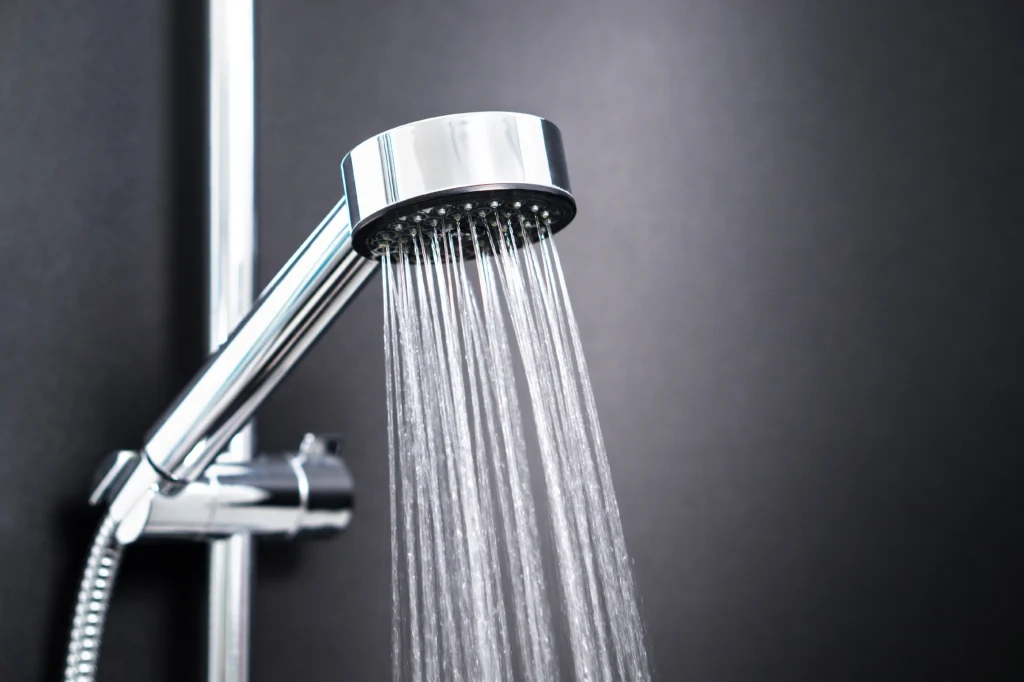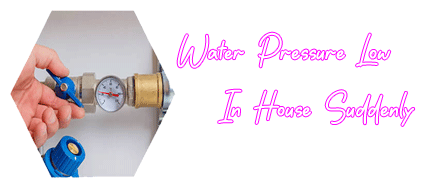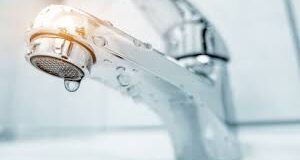Water is essential for life, but dealing with low water pressure in your house can disrupt daily activities like showering, washing dishes, and more. If your water pressure suddenly drops, it’s important to act quickly to identify and resolve the issue. Here are some common causes of low water pressure and tips to avoid them.

1. Corroded Galvanized Iron Pipes
One of the most common reasons for low water pressure is corroded galvanized iron pipes. This issue is particularly common in older houses where these pipes were commonly used. Over time, the inside of these pipes corrodes, reducing water flow.
Solution:
Install two valves on the pipe — one for “on” and another for “off.” If the “on” valve is corroded, you can easily identify it. Use a screwdriver and hammer to carefully remove the corroded section or replace the pipe altogether.
Tip for Hidden Pipes:
Shower and bath pipes are often hidden behind walls, making them harder to access. If you have an access panel, use it to inspect and clean the affected pipes. If not, consider installing an access panel to prevent the need for breaking walls in the future.
2. Malfunctioning Pressure Regulator
A pressure regulator is a bell-shaped device located near the main water supply line, typically at the front of the house. It ensures that water pressure remains at a safe level, but it can sometimes malfunction, causing low pressure.
Solution:
Do not attempt to fix the pressure regulator on your own. Call a professional plumber to repair or replace the faulty device.
3. Leaks in Pipes or Valves
Leaking pipes or valves can also cause a sudden drop in water pressure. This might occur if valves are accidentally turned off or if they are damaged.

Solution:
Check all home and customer-side valves to ensure they are fully open.
Inspect pipes and valves for leaks and repair them immediately to prevent further issues.
4. Excessive Water Pressure
If water pressure exceeds 80 psi (pounds per square inch), it can strain the plumbing system, leading to inconsistent pressure or damage.
Solution:
If it exceeds the normal range, contact a licensed contractor to adjust the pressure regulator.
Additional Tips to Maintain Optimal Water Pressure
Replace old tube water supply lines with steel-braided ones.
Upgrade supply lines for kitchen sinks, bath taps, and washing machines to steel-braided options for better durability.
Check water pressure twice daily to detect and prevent problems early.
What to Do If the Problem Persists
If you’ve addressed all the above issues but are still experiencing low water pressure in your house suddenly, it’s time to call a professional plumber. They can conduct a thorough inspection and resolve any hidden issues that might be causing the problem.
Regular maintenance of your plumbing system and prompt action on any issues can save you from costly repairs and ensure a consistent water flow in your home.
By following these steps and staying vigilant, you can avoid the frustration of low water pressure and keep your household running smoothly.




